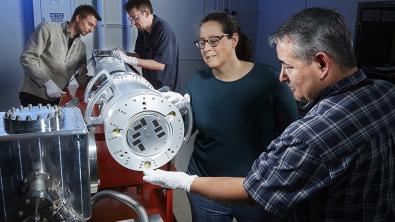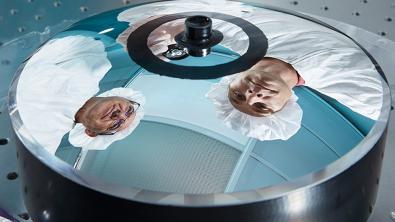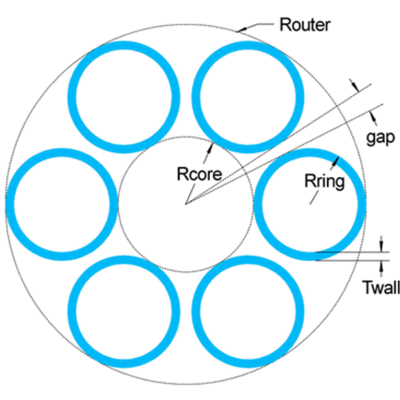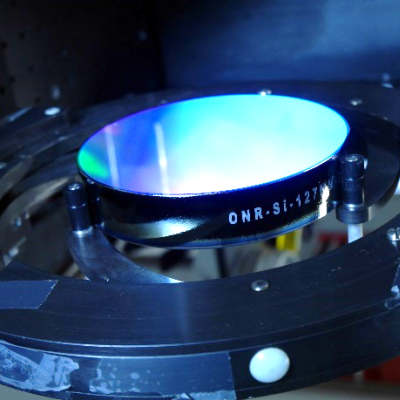The Lawrence Livermore National Laboratory is home to the world’s largest laser system, the National Ignition Facility (NIF). The NIF with its 192 beam lines and over 40,000 optics has been an engine of innovation for lasers and optics technologies for the last couple of decades. The Lasers and Optics intellectual property portfolio is the culmination of the many groundbreaking developments in high energy, high peak power and ultrashort pulse laser system design and operation, including technologies related to Laser Diodes, Fiber & Disk Lasers, Compact Telescopes, High Damage Threshold Gratings, High Power Optical Components and their Fabrication and Coating Techniques. The thrust of the research and development at the NIF has been to realize novel approaches for laser systems, optical components and their applications that are more compact and higher efficiency while reliably delivering ever higher energy and peak power capabilities required in the furtherance of LLNL’s missions in Stockpile Stewardship and High Energy Density Science.
Portfolio News and Multimedia
The trade journal R&D World Magazine recently announced the winners of the awards, often called the “Oscars of innovation,” recognizing new commercial products, technologies and materials that are available for sale or license for their technological significance.
Lawrence Livermore National Laboratory (LLNL) scientists and engineers have earned four awards among the top 100 inventions worldwide. With this year’s results, the Laboratory has now collected a total of 186 R&D 100 awards since 1978.
Submitted through LLNL’s Innovation and Partnerships Office (IPO), these awards recognize the impact that Livermore innovation, in collaboration with industry partners, can have on the U.S. economy as well as globally.
Lawrence Livermore National Laboratory (LLNL) and Starris: Optimax Space Systems have signed a Cooperative Research and Development Agreement (CRADA), expanding production of LLNL’s next-generation space domain awareness technology. Starris will serve as the manufacturing partner that can scale production of monolithic telescope technology to meet the needs for proliferated constellations.
It’s the late 1990s. Lloyd Hackel and Brent Dane are researchers in Lawrence Livermore National Laboratory’s (LLNL) laser science and technology program.
They’re developing laser technology for X-ray lithography and satellite imaging research for the Department of Defense when the phone rings. On the line is Curtiss-Wright’s Metal Improvement Company (MIC) asking about something Hackel and Dane haven’t worked on before: high-peak-power laser peening for commercial applications in manufacturing.
This is an example of how LLNL’s mission-focused work advancing national security can lead to technology spin-offs with commercial importance through the Innovation and Partnerships Office (IPO).
For more, watch the YouTube video.












